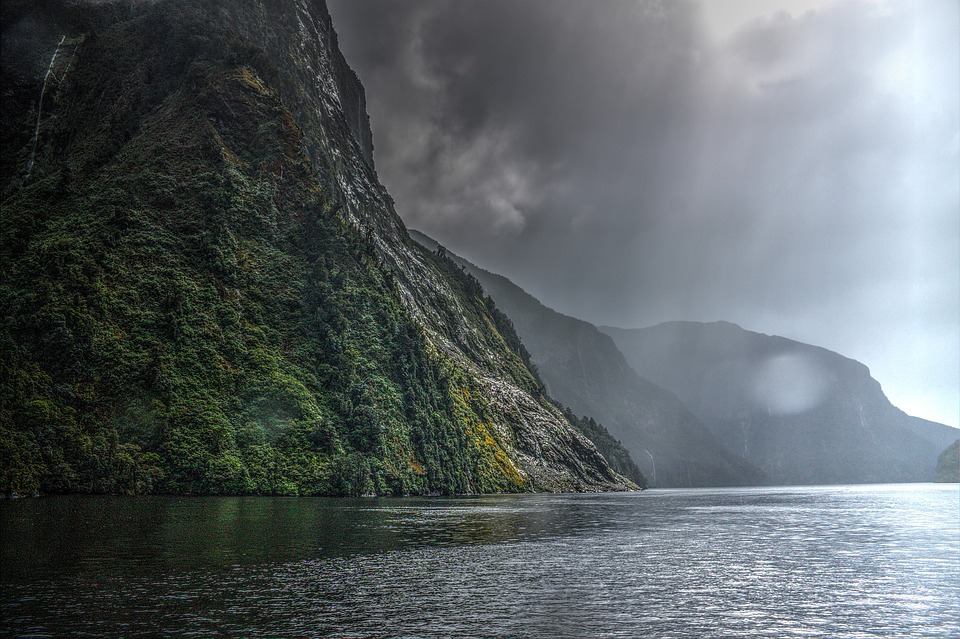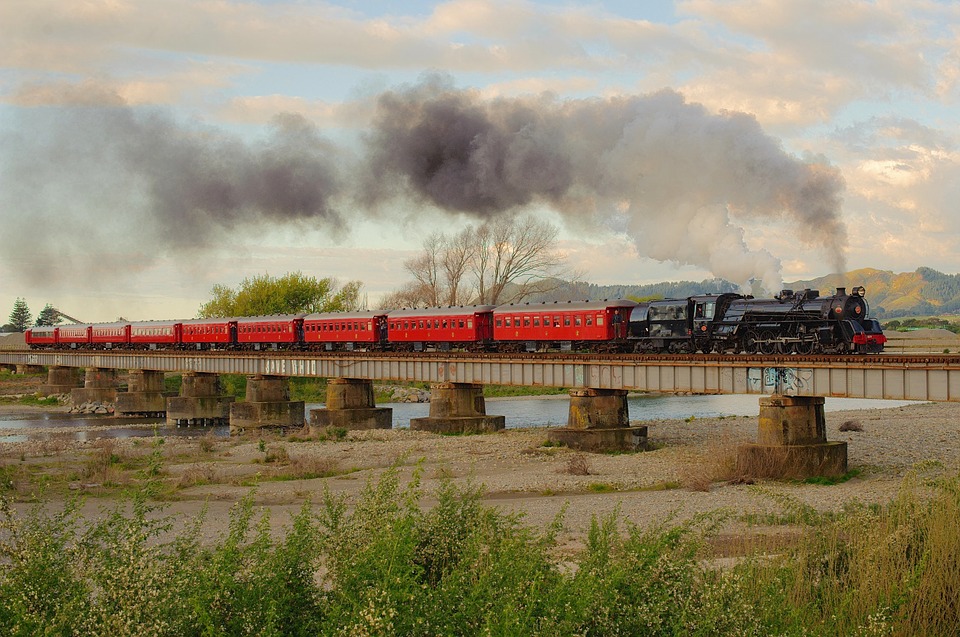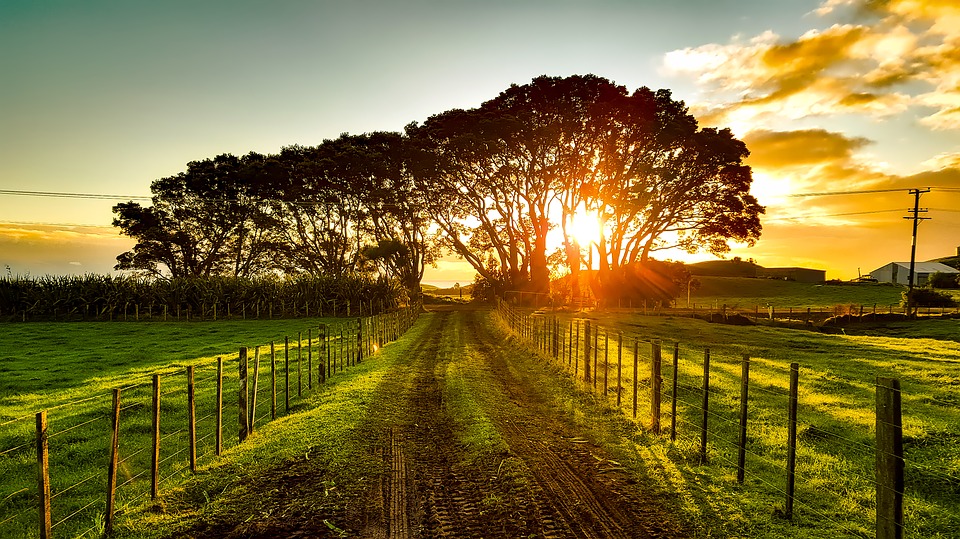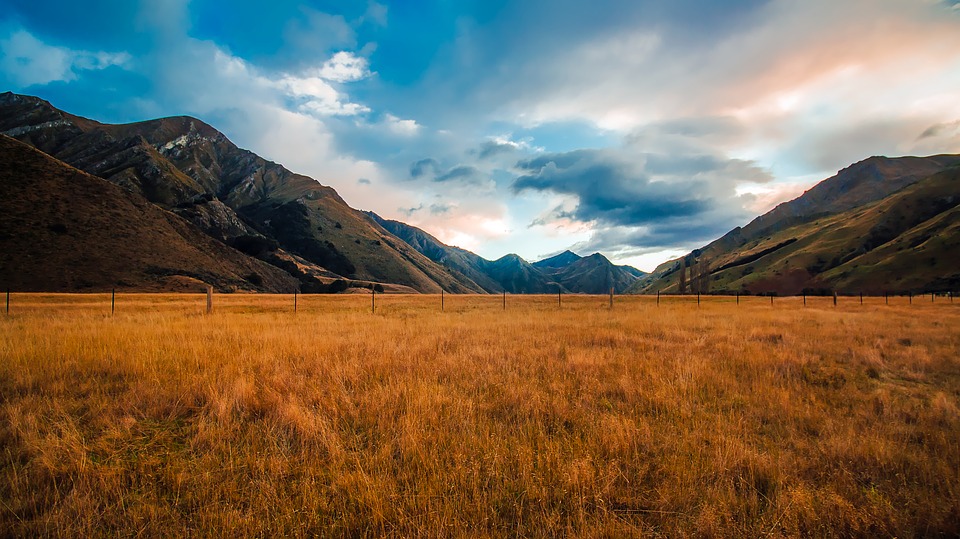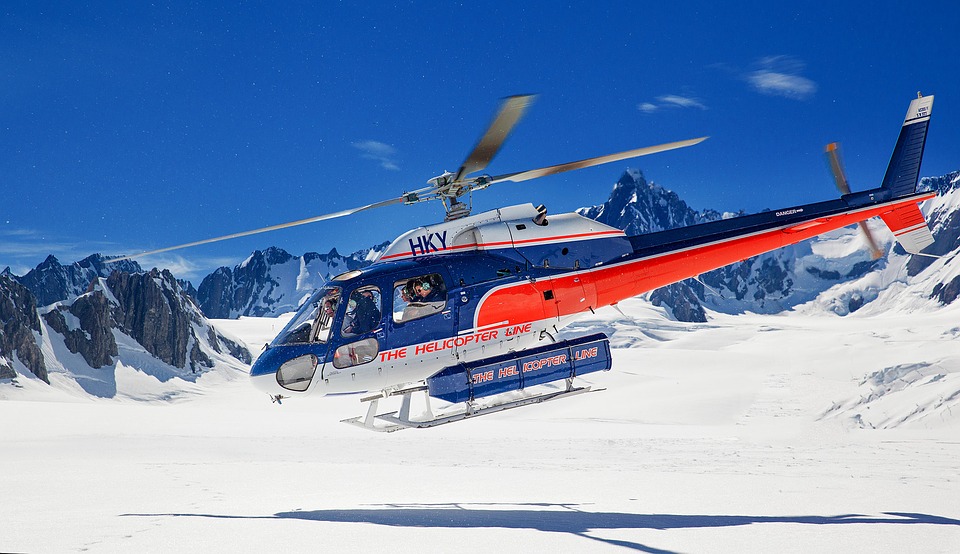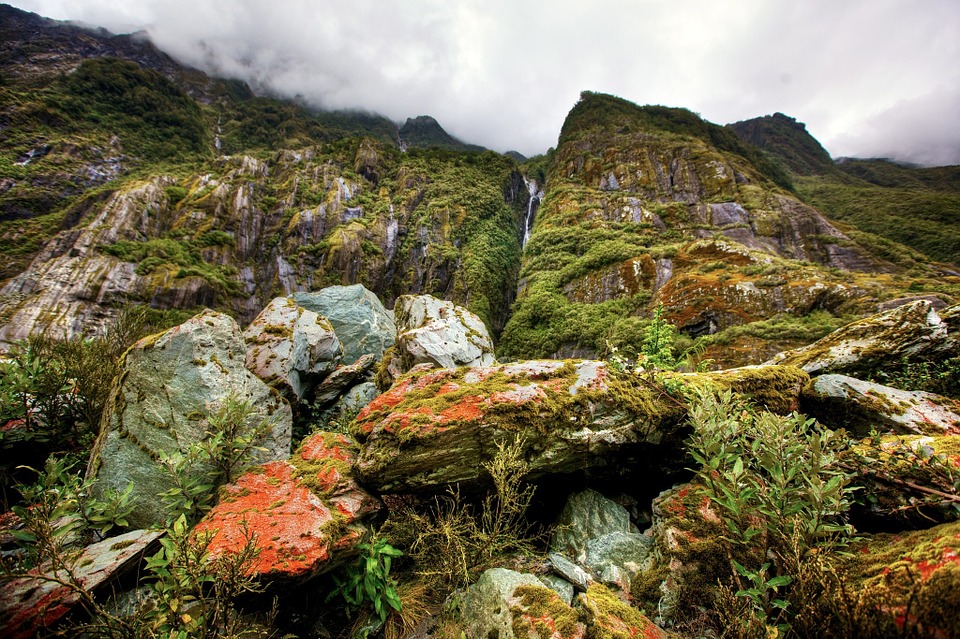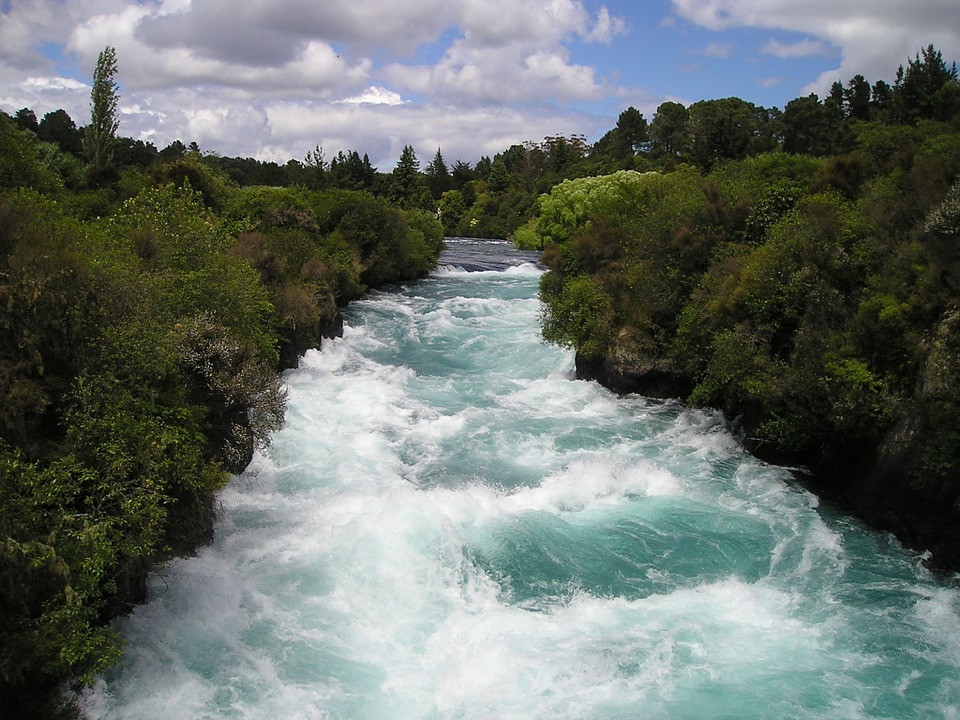New Zealand
(Aotearoa (Maori))






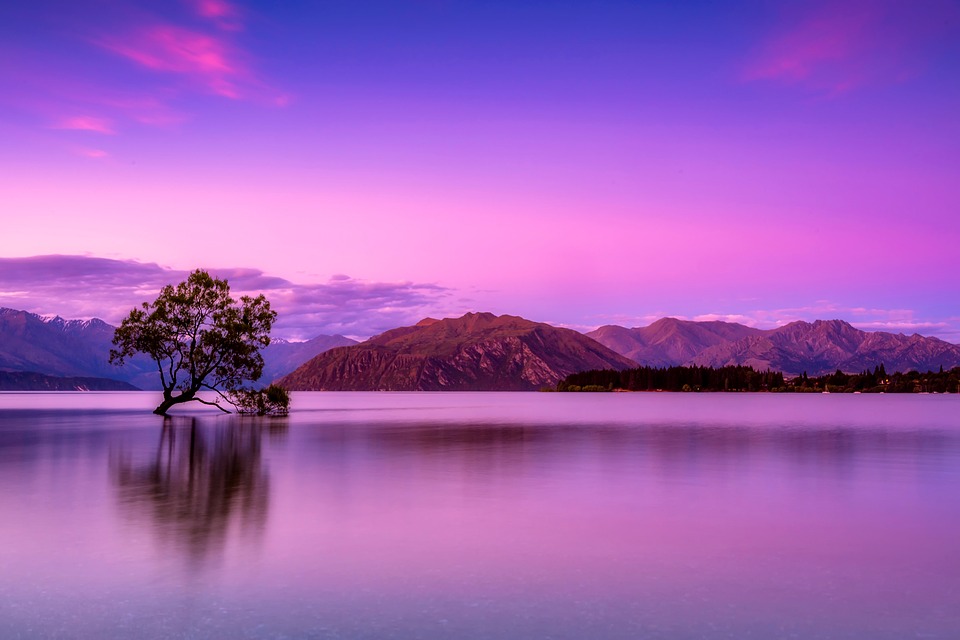



Capital of New Zealand: Wellington
Population (Estimated July 2012): 4,327,944
Area: 270,692km2 or 104,515mi2
Currency: New Zealand dollar (NZ$)
Official Language: English (91%); Maori; New Zealand Sign Language
Political Information: Constitutional Monarchy and Parliamentary Democracy
Official Religion: No Official Religion(approximately 38.6% of the population are Protestant, 32.2% have no religion, 12.6% are Roman Catholic, 1.6% are Maori Christian, 1.6% are Hindu, 1.3 are Buddhist and 2.2% follow other religions)
Highest Mountain: Mount Cook at 3,754m or 12 316ft
GDP Official Exchange Rate (OER is more precise at gauging a countries economic power)
(Estimated 2011): $168.8 billion (US$) or (GBP)
GDP (OER) Per Capita (per member of the population estimated 2011): (US$) or (GBP)
GDP Purchasing Power Parity (PPP is good for gauging living conditions and use of resources but not as accurate as OER. This data has been calculated based on the sum value of all goods and services produced in the country valued at prices prevailing in the United States)
(Estimated 2011): $123.3 billion (US$) or (GBP)
GDP (PPP) Per Capita (per member of the population estimated 2011): $27,900 (US$) or (GBP)
Time Zone (GMT/UTC): +12:00
Counties/Provinces/States: 16 regions and 1 territory*; Auckland, Bay of Plenty, Canterbury, Chatham Islands*, Gisborne, Hawke’s Bay, Manawatu-Wanganui, Marlborough, Nelson, Northland, Otago, Southland, Taranaki, Tasman, Waikato, Wellington, West Coast
Leaders: H.M. Queen ELIZABETH II (since 6 February 1952); represented by Governor General Dame Patricia Lee REDDY (since 28 September 2016) and Prime Minister Jacinda ARDERN (since 26 October 2017); Deputy Prime Minister Winston PETERS (since 26 October 2017)
Additional: Gained independence from the U.K. on the 26th of September 1907.
Sources: CIA World Fact Book, Encyclopaedia Britannica.
No Results Found
The page you requested could not be found. Try refining your search, or use the navigation above to locate the post.










